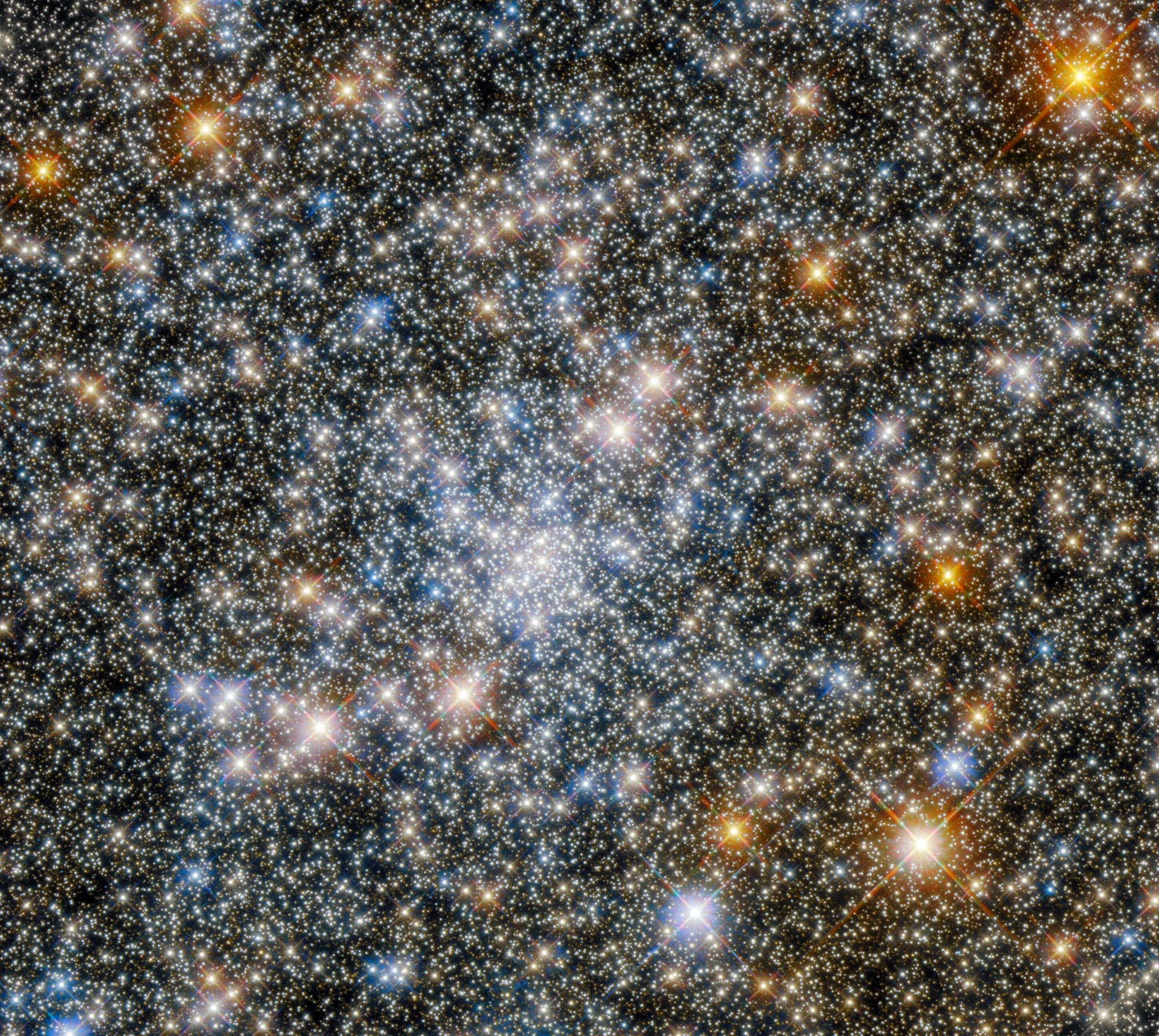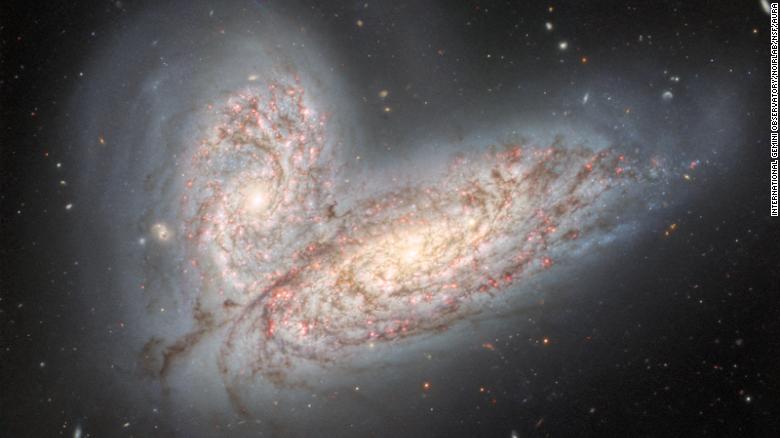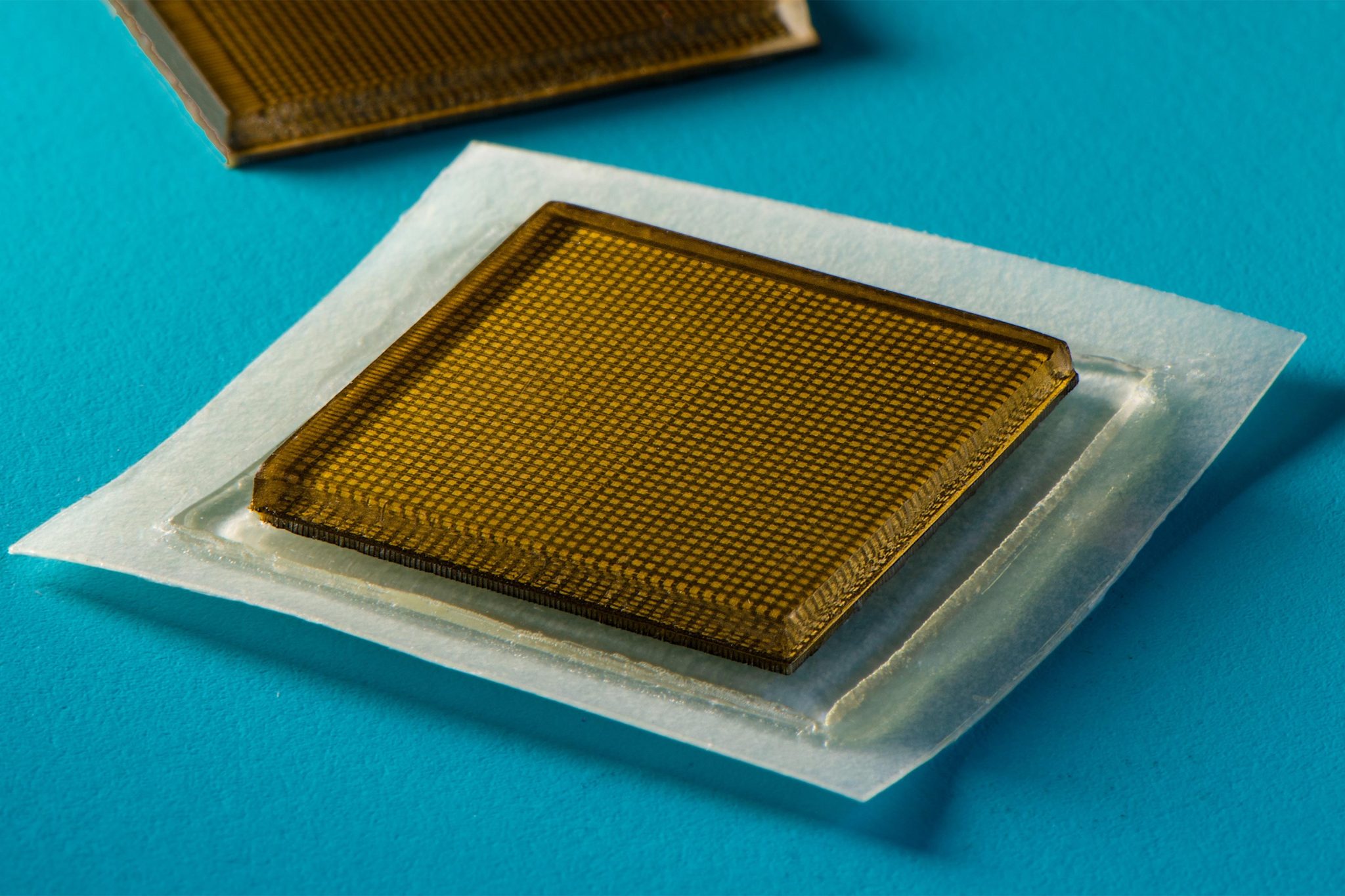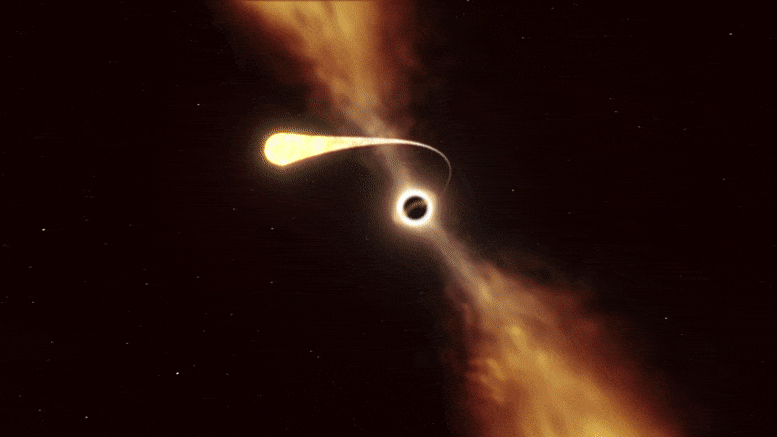This scintillating image, which was captured by the NASA/ESA Hubble Space Telescope’s Wide Field Camera 3 and Advanced Camera for Surveys, showcases the globular cluster NGC 6540 in the constellation Sagittarius. ... NGC 6540 is a globular cluster, which is a stable, tightly bound multitude of stars. The populations of these clusters can range from tens of thousands to millions of stars, all of which are trapped in a closely-packed group by their mutual gravitational attraction.
... NGC 6540 is about 17,000 light years away from Earth and was discovered by Wilhelm Herschel on May 24, 1784 with an 18.7-inch mirror telescope, who described the cluster as "pretty faint, not large, crookedly extended, easily resolvable".
... NGC 6540 is about 17,000 light years away from Earth and was discovered by Wilhelm Herschel on May 24, 1784 with an 18.7-inch mirror telescope, who described the cluster as "pretty faint, not large, crookedly extended, easily resolvable".








 ... but surprisingly practical for use ... the Necrobots ...
... but surprisingly practical for use ... the Necrobots ...


Leave a comment: